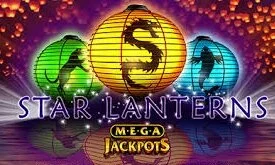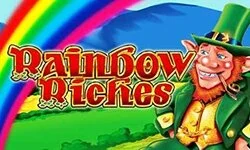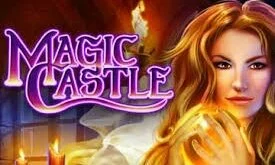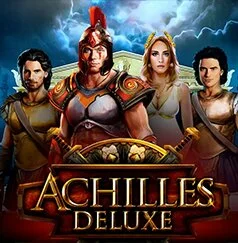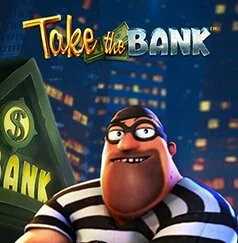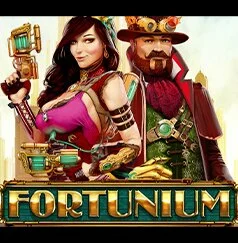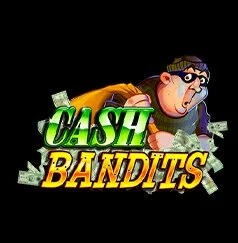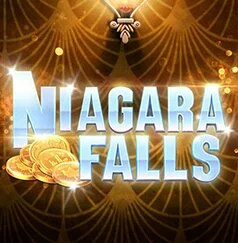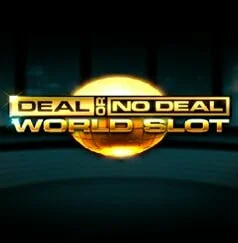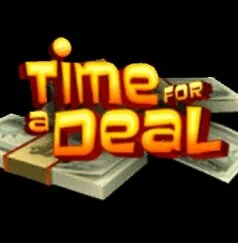History of Deal or No Deal
The Deal or No Deal concept was originally launched in 2000,
when the show Hunt for Millions appeared on Dutch television.
Due to the simplicity of the concept and enthusiastic audience
response, similar shows would soon appear in Turkey, Russia,
Italy, Germany, Chili, Australia, Argentina, and Belgium.
The show debuted on U.S. television in 2005,
with comedian Howie Mandel as the host.
American audiences took to Deal or No Deal and it performed
well in prime time, consistently placing in the top 20. In 2008,
a half-hour daytime syndicated version of the program was
launched, with this version also hosted by Mandel.
The primetime show continued for four seasons, with 2009
being its last year on the air. The syndicated show continued
for an additional season, finally ending in 2010. Despite its
absence from American airwaves, recent years have seen new
versions of the show debut in countries such as Tunisia,
Moldova, France, and Estonia.
How the Game Works
In the real-life version of Deal or No Deal, the game begins
with representations of cash amounts ranging from one penny to
one-million dollars being placed randomly in 26 briefcases. Once
the contestant takes the stage, he or she selects one of these
briefcases to begin.
As the game progresses, the contestant is asked to choose
other briefcases. These cases are then opened, and the amount
inside is revealed before being removed from play.
Following each round, the mysterious Banker contacts the host
and offers the player a cash settlement to drop out of the game.
The player may then choose to accept the payment and end their
participation, or they may decline and continue.
The game continues until only two cases remain in play: the
one originally selected by the player and the one still on the
stage. If the player rejects the last offer from the Banker,
they may either take the value in their case or switch cases and
receive that amount. Regardless of the outcome, the game is then
brought to a close.
Types of Deal or No Deal Slot Machines
If you search online for “Deal or No Deal slot machines,”
you’ll find that a number of companies have held the rights to
convert the TV show into slot machines or mobile gaming apps.
While some of these have expired, the most significant remaining
license belongs to IGT, and that’s the focus of this section.
Deal or No Deal
This basic video slot contains five reels, 25 paylines, and
features such as wilds, scatters, single-level progressives, and
the Briefcase Bonus. The latter is triggered when the player
gets a briefcase on the first, third, and fifth reels, and it
plays out much like the actual game. The player can choose to
take the initial offer made by the Banker, or they can pass and
go for a potentially higher win.
Deal or No Deal: Las Vegas
This game includes two game grids, with the middle reel being
shared by both. Some paylines cross from one grid to the other,
and there are also mystery wilds and free spin bonus triggers to
look forward to. The highlights include a free spin bonus round,
a two-level progressive, and an all-new Briefcase Bonus round.
Deal or No Deal: In It to Win It
This variation offers two core games, and the player can
switch from one to the other via a touchscreen. Each time the
Briefcase Bonus is triggered, bonus enhancers such as Sneak Peek
and Top Two Briefcases are enabled. In addition to pick-a-prize
options and free spins, the player can try for five distinct
bonus features.
Deal or No Deal: Join’N Play
A number of games are linked together to create a community
experience, and an on-screen countdown shows the time until the
next bonus round. In order to qualify, you’ll need to collect at
least 18 gold briefcases during the regular phase of the game.
Once the bonus round begins, all qualifying players have the
option of accepting the offer from the Banker or sticking with
the briefcase they initially chose.
Deal or No Deal: Join’N Play 2
The bonus round occurred every 11 minutes in the original
game, but the sequel has whittled the time down to eight
minutes. Mystery bonuses show up more frequently, and a new free
spin bonus has been added.
Deal or No Deal: The Big Deal
The base game has a number of wilds and scatters for players
to shoot for, while bonus rounds include Briefcase Bonus and
Banker’s Bonus. The former works the same in all versions of the
Deal or No Deal game, while the latter is triggered on a maximum
wager and allows the player to choose between qualifier cases or
credits.
How to Buy a Deal or No Deal Slot
Slot machine collection is a growing hobby, and there are
numerous slots enthusiasts who have one or more machines in
their den or game room. Most owners aren’t equipped to pay out
massive jackpots to their guests, but these machines are still
capable of delivering winning spins with all the accompanying
fanfare. Not only do they make a great conversation piece, but
they also provide hours of endless entertainment for anyone who
doesn’t want to risk real cash at a casino.
Unfortunately, a lot of U.S. states have laws prohibiting the
ownership of slots less than 25 years old. In such areas, it’s
illegal to ship a newer game to someone, even though it’s
intended for private use.
The following states don’t allow any slots to be owned by
residents: Connecticut, Hawaii, Nebraska, South Carolina, and
Tennessee. On the opposite end of the spectrum, these states
have no restrictions when it comes to slot ownership: Alaska,
Arizona, Arkansas, Kentucky, Maine, Minnesota, Nevada, Ohio,
Rhode Island, Texas, Utah, Virginia, and West Virginia.
Due to trademark issues, Deal or No Deal slots are not widely
available to the private collector. Patience and persistence can
pay off, however, as a simple Google search turned up one online
dealer offering a full-sized machine for $2,995 (with a one-year
warranty thrown in for good measure).











